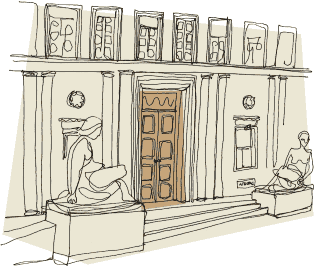The WTO... ... In brief
 the
World Trade Organization (WTO) is the only international organization
dealing with the global rules of trade between nations. Its main function
is to ensure that trade flows as smoothly, predictably and freely as
possible.
the
World Trade Organization (WTO) is the only international organization
dealing with the global rules of trade between nations. Its main function
is to ensure that trade flows as smoothly, predictably and freely as
possible.
The result is also a more prosperous, peaceful and accountable economic world. Virtually all decisions in the WTO are taken by consensus among all member countries and they are ratified by members' parliaments. Trade friction is channelled into the WTO's dispute settlement process where the focus is on interpreting agreements and commitments, and how to ensure that countries' trade policies conform with them. That way, the risk of disputes spilling over into political or military conflict is reduced.
By lowering trade barriers, the WTO’s system also breaks down other barriers between peoples and nations.
At the heart of the system — known as the multilateral trading system — are the WTO’s agreements, negotiated and signed by a large majority of the world’s trading nations, and ratified in their parliaments. These agreements are the legal ground-rules for international commerce. Essentially, they are contracts, guaranteeing member countries important trade rights. They also bind governments to keep their trade policies within agreed limits to everybody’s benefit.
The agreements were negotiated and signed by governments. But their purpose is to help producers of goods and services, exporters, and importers conduct their business.
The goalis to improve the welfare of the peoples of the member countries
This brochure can also be downloaded in pdf format (8 pages, 244KB)